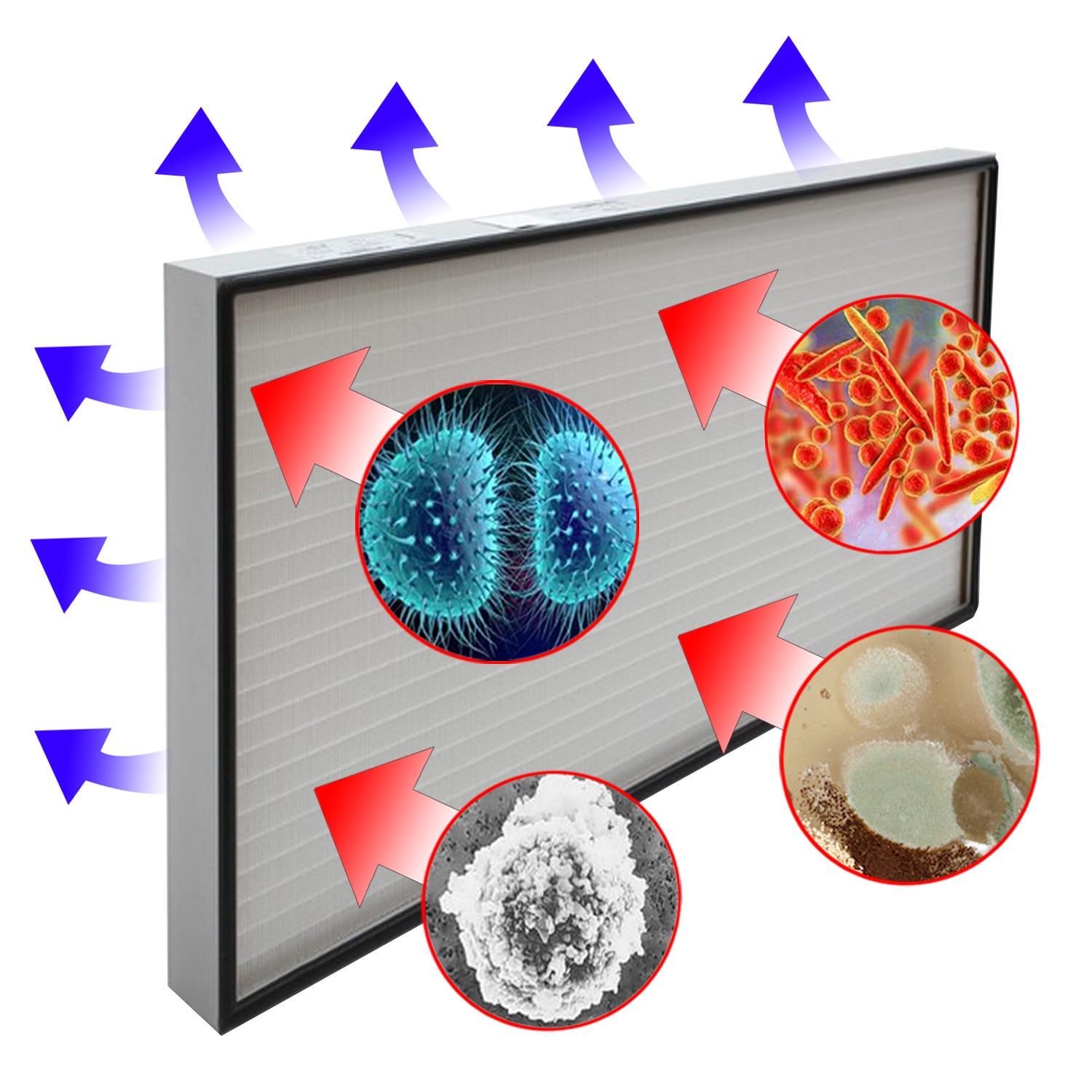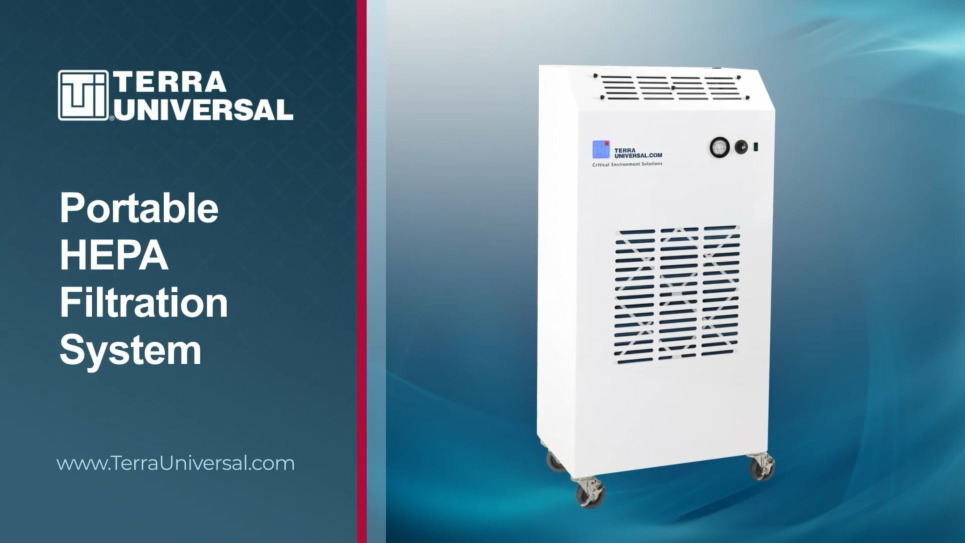Did You Know?
HEPA/ULPA Filters Do More Than Meet ISO Requirements - they also prevent infection.
Most cleanroom professionals understand that HEPA and ULPA filters capture contaminants that degrade particle-sensitive samples. But they also help remove bacteria, mold spores, and many viruses that contribute to a host of infections.
Most common bacteria are contained by the 0.3-micron pore size of high-efficiency particular air (HEPA) filters. Ultra-Low Penetration Air (ULPA) filters, which are rated 99.999% efficient at retaining particles of 0.12 microns and larger in diameter, capture ultra-fine contaminants, including many large viruses and mold spores.
These filters also remove aerosol-born pathogens - germs that hitch a ride on larger particles and liquid droplets that are captured in a HEPA or ULPA filter. HEPA- or ULPA-based Fan/Filter Units (FFUs) thus can play an important role in infection prevention in surgical theaters, ICUs and other medical settings.
Additionally, HEPA filters can help filter pollen, tiny insects, bacteria, mold, and other fungal spores that might be present during plant tissue culture or cannabis production. Contaminants such as these can find a way in via personnel or normal HVAC units and can blight crops and reduce yields. HEPA Filters help increase crop yields, pass inspection/meet regulations, and reduce contamination.
Here is a list of common human pathogens that HEPA/ULPA filters capture and remove from circulation:
Pathogens: Bacteria and Diseases
- SARS-CoV-2: Coronavirus (COVID-19)
- Escherichia coli: Gastrointestinal infection
- Bacillus anthracis : Anthrax
- Aspergillus brasiliensis: Sinus infections
- Francisella tularensis: Tularemia
- Bordetella pertusis : Whooping cough
- Mycoplasma pneumoniae: Pneumonia
- Chlamydia pneumoniae: Bronchitis
- Clamydia psittaci : Psittacosis
- Klebsiella pneumoniae: Opportunistic infections
- Haemophilus influenzae : Meningitis
- Coxiella burnetii: Q fever
- Pseudomonas aeruginosa: Opportunistic infections
- Actinomyces israelii: Actinomycosis
- Legionella pneumophila: Legionaire's disease
- Thermoactinomyces sacchari: Farmer's lung
- Alkaligenes: Opportunistic infections
- Streptococcus pyogenes: Scarlet fever
- Mycobacterium Tuberculosis: Tuberculosis

Can't find what you're looking for?Tell us what you need and we'll build it!
















